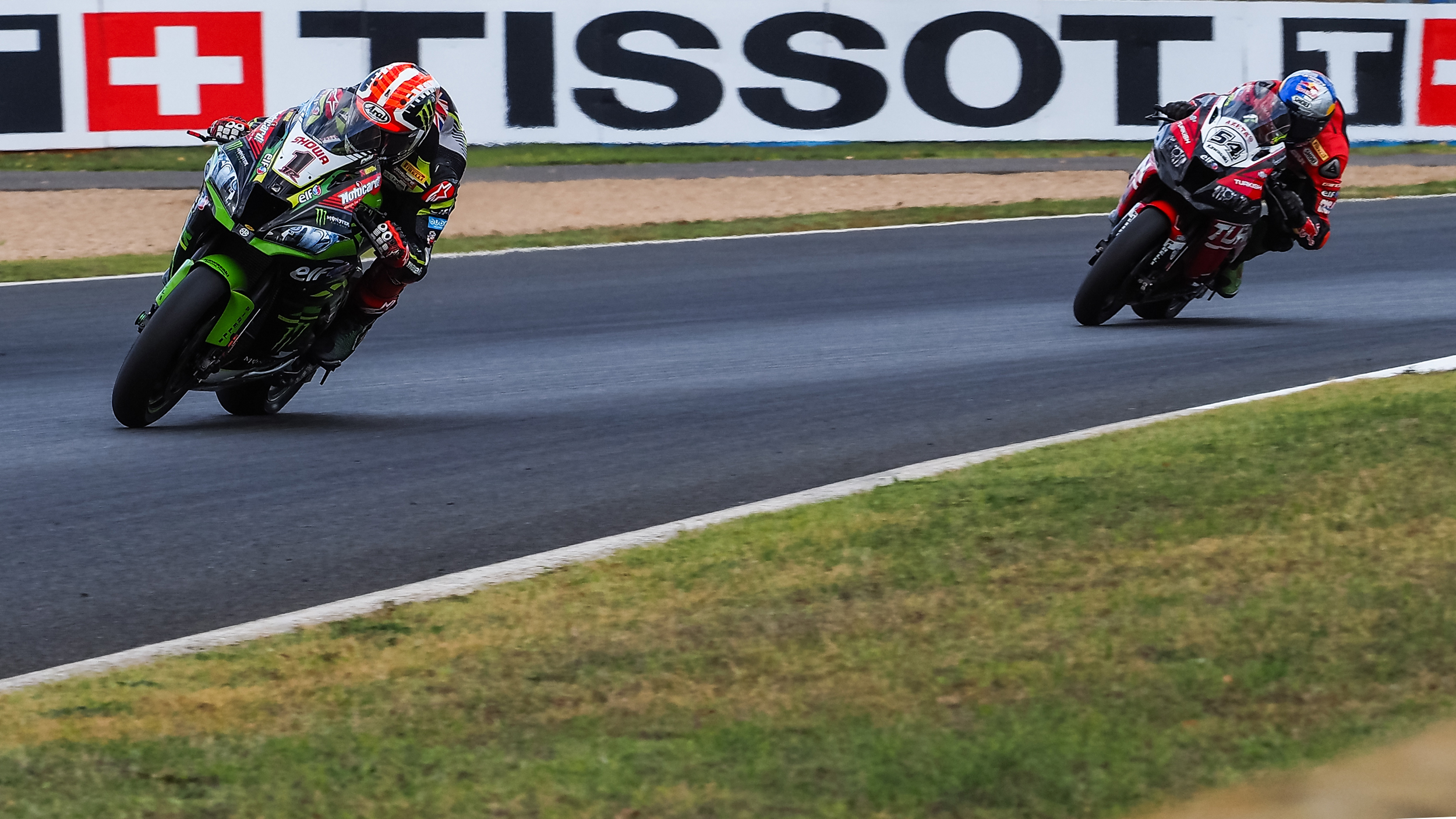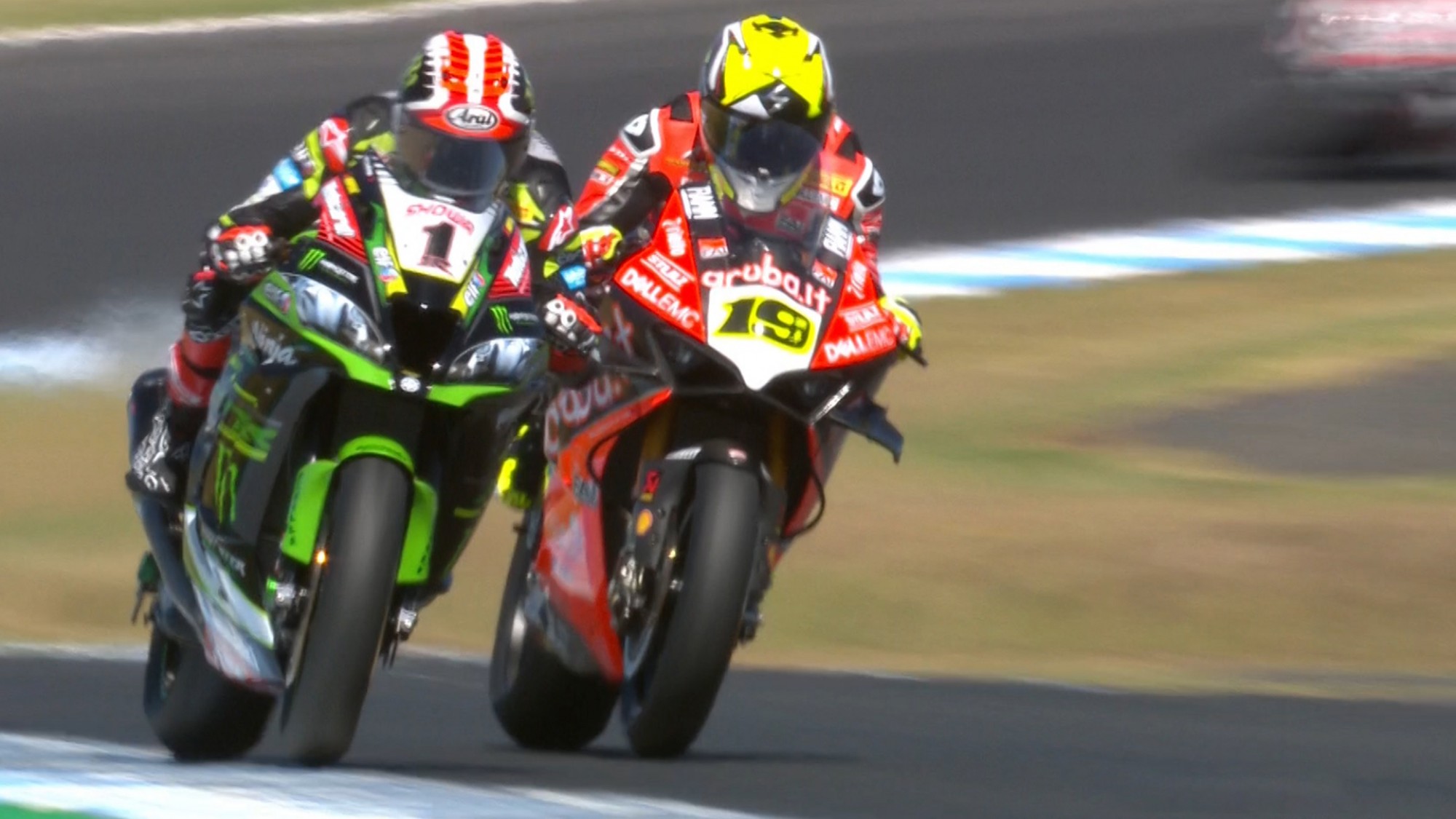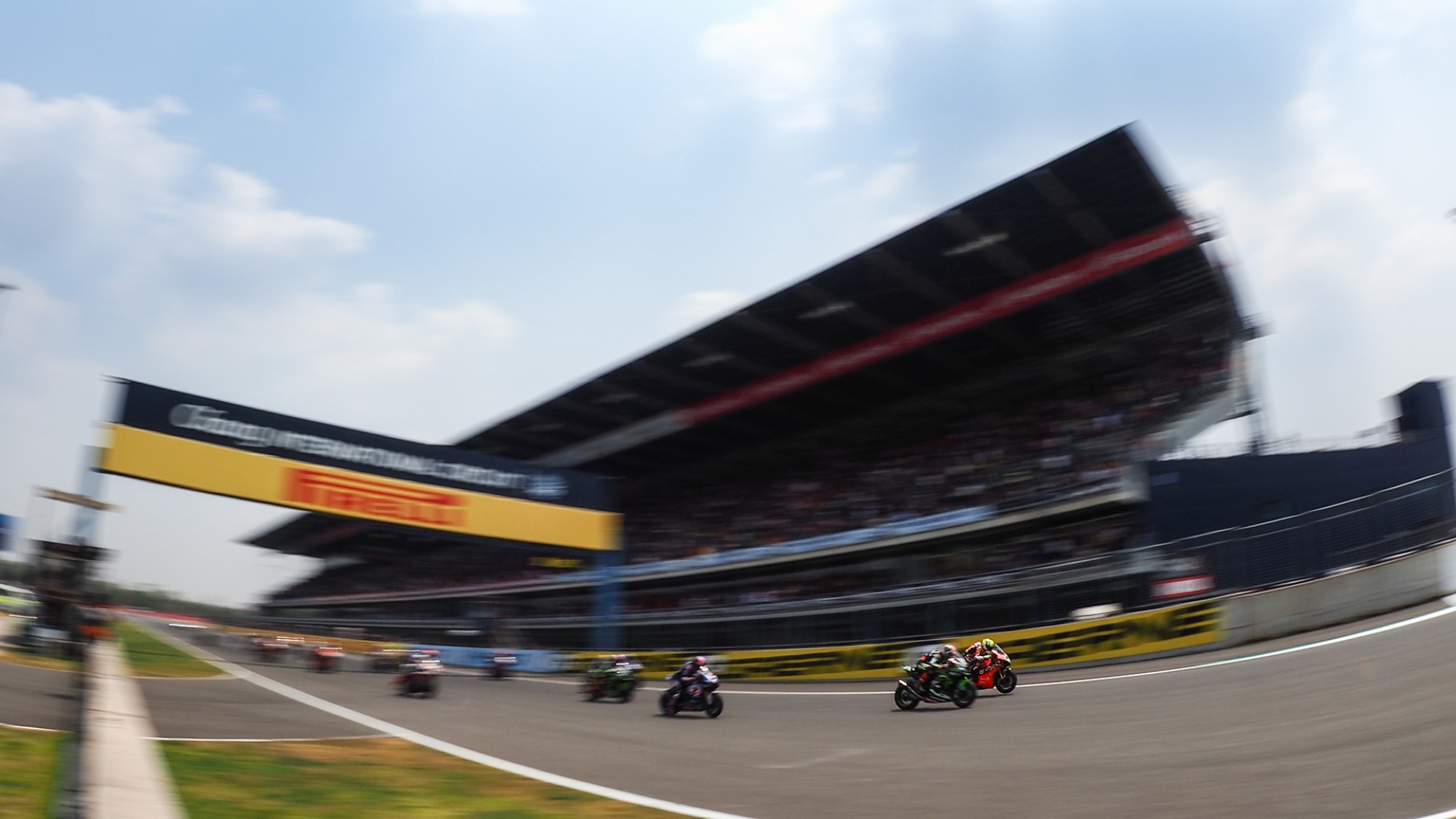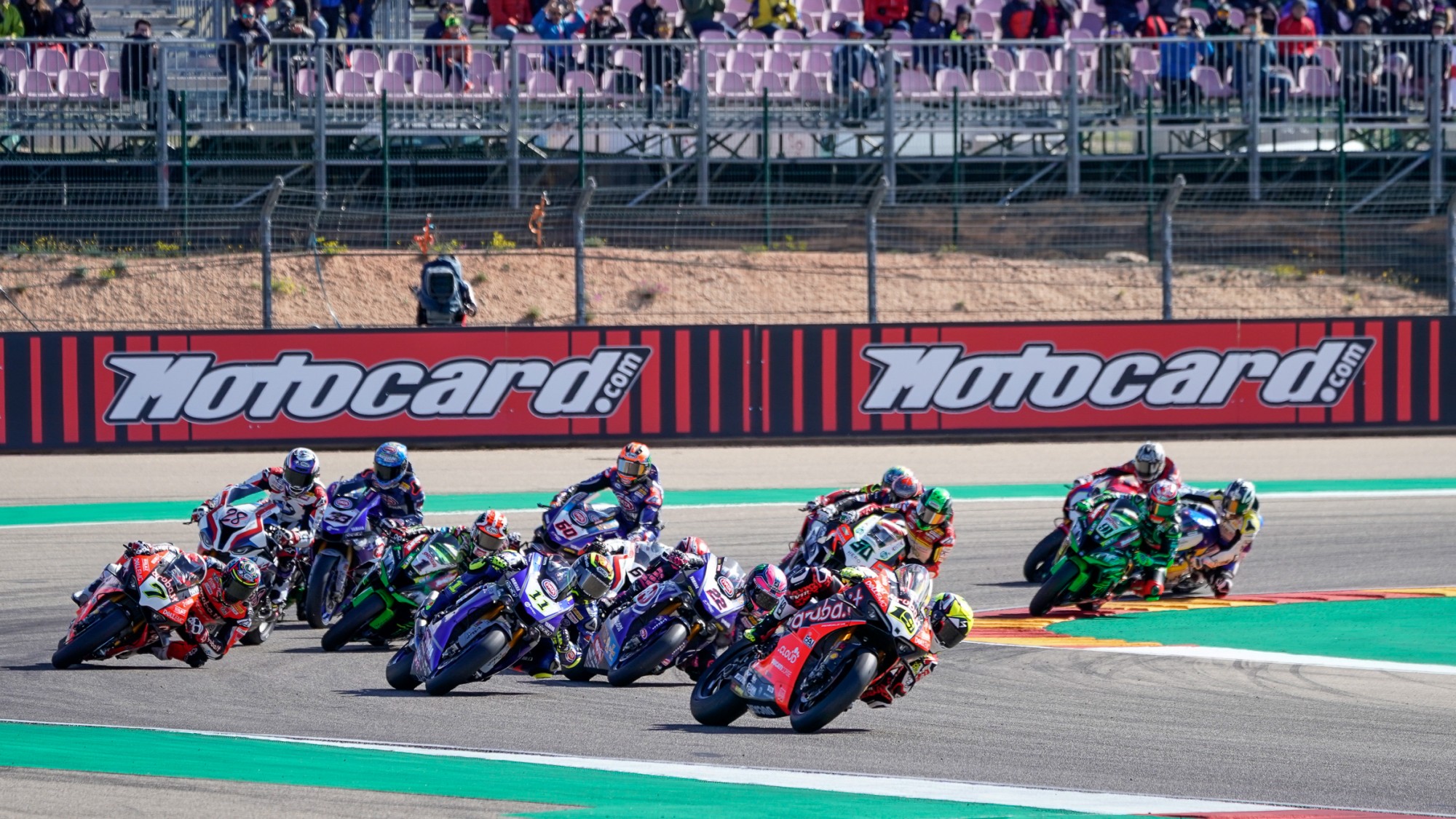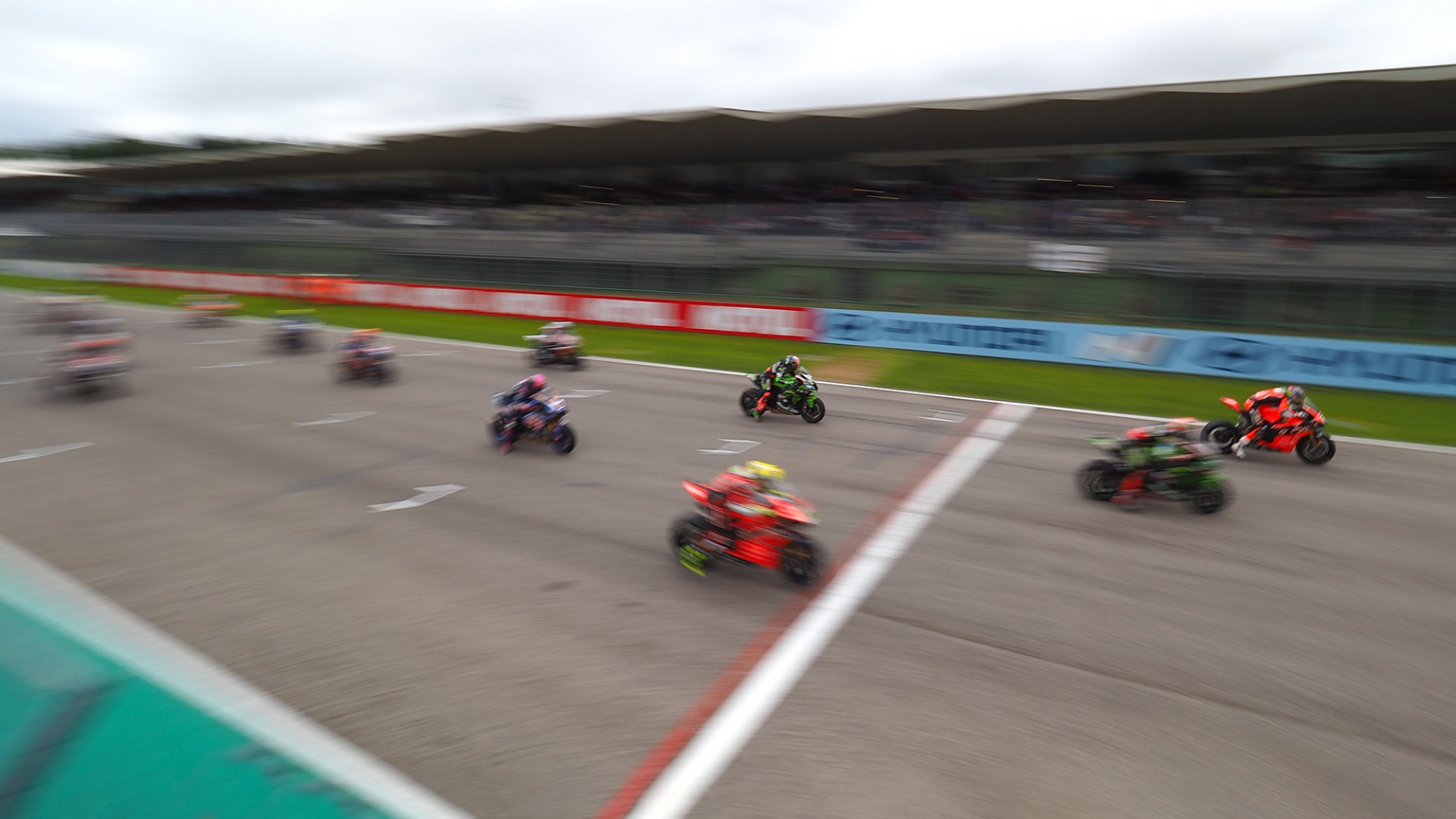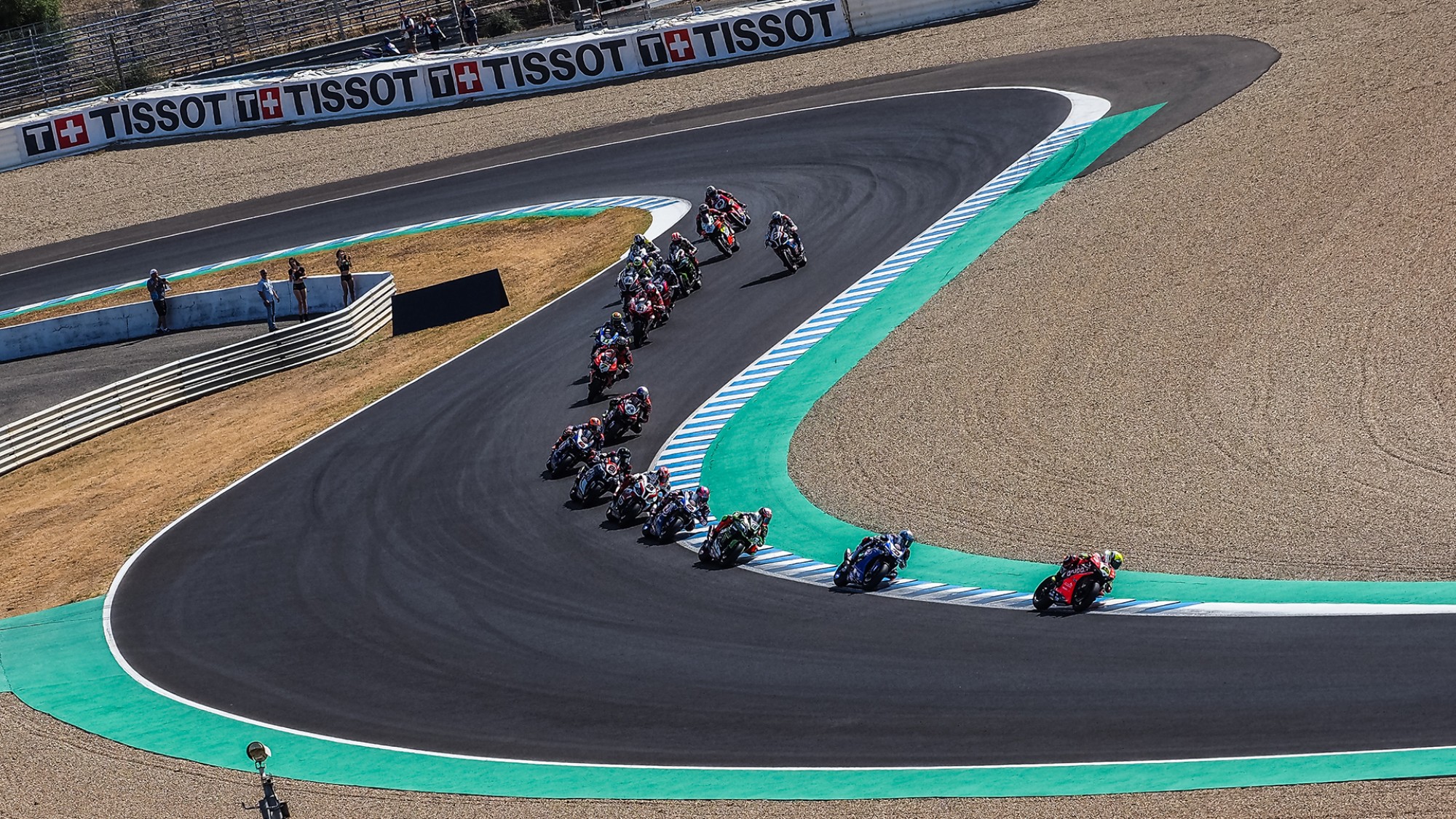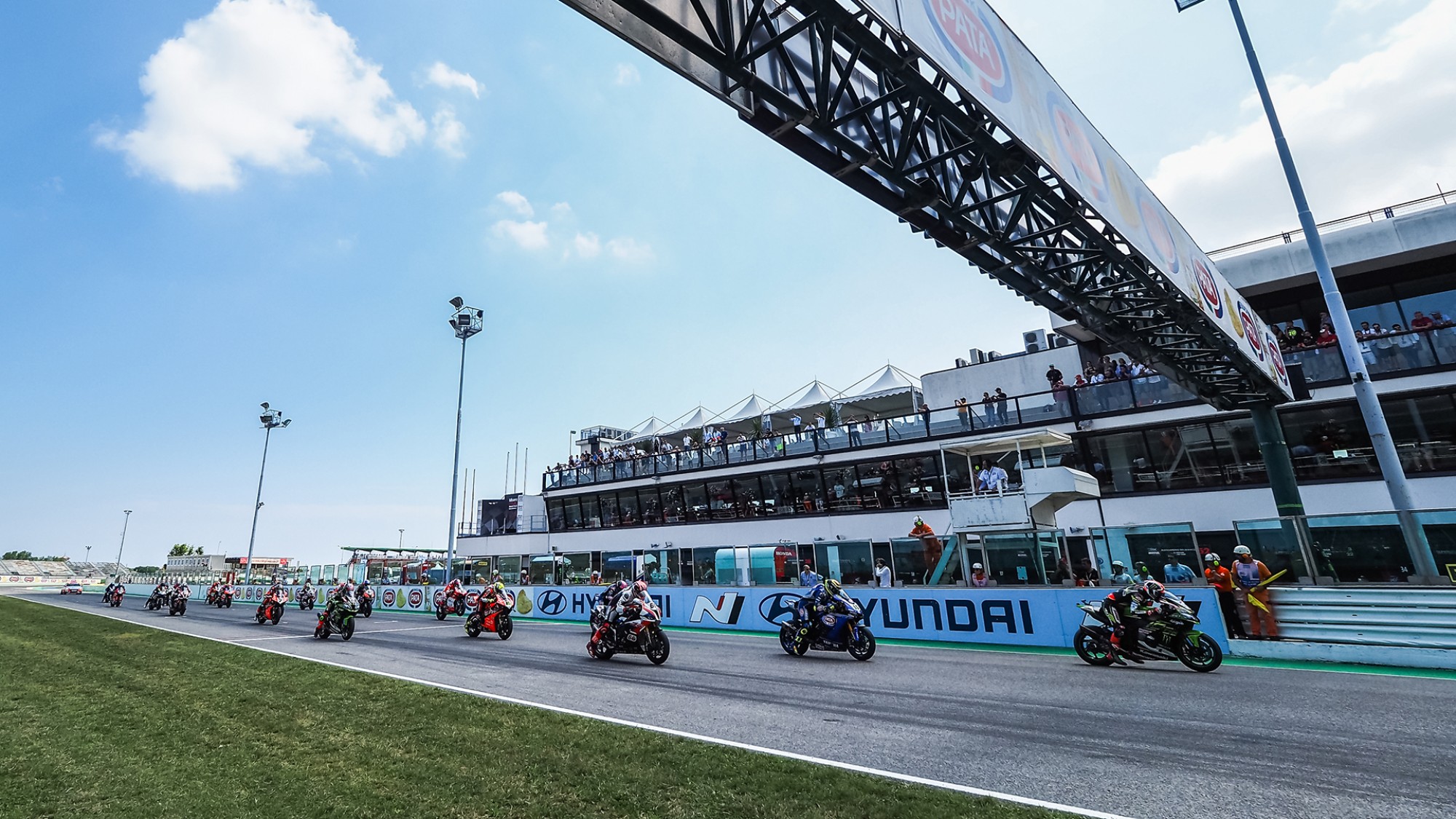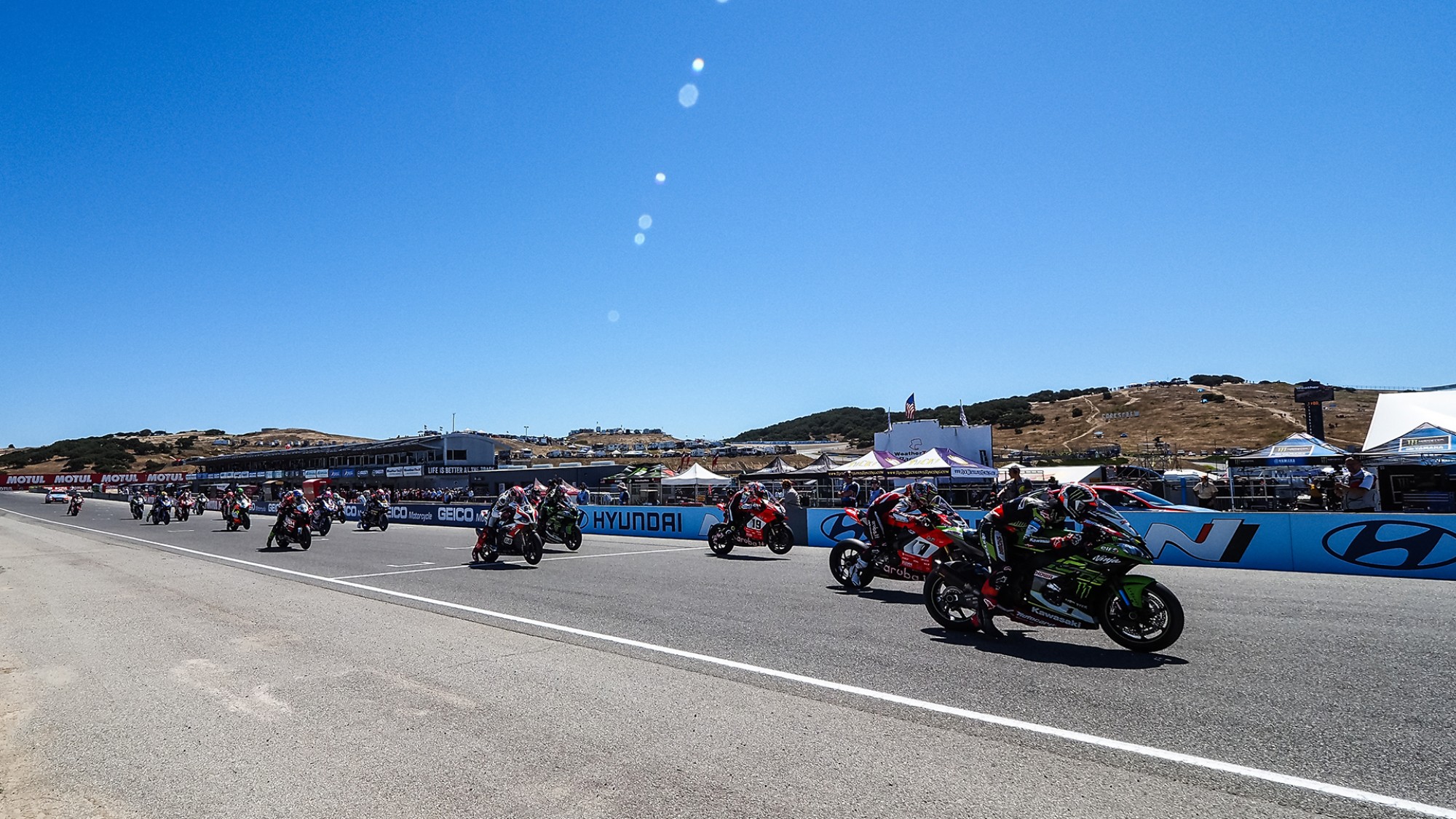10 out of 10: Breaking down Year 1 of the Tissot Superpole Race
The ten-lap event has had a profound impact on WorldSBK weekends – but by how much exactly?
The 2018 season was yet to meet its conclusion when a bombshell dropped over the MOTUL FIM Superbike World Championship paddock: gone were the days of two races per weekend, in was the era of the three-race format, starting from 2019. The Tissot Superpole Race, a ten-lap race snuck between the two feature events and with implications for both the championship standings and the Race 2 grid, was born.
This was perhaps the biggest format change in 31 years of WorldSBK racing and many riders approached the new race with caution when questioned; some showed delight at the idea of an extra battle while others remained enamoured by the old weekend schedule.
What is undeniable one year on is that the introduction of the Tissot Superpole Race has completely changed the game. Many of the year’s most incredible moments have happened in this race, with riders often able to go all out on-track: the first Rea-Bautista encounter, Rea’s rolling tumble in Misano, Razgatlioglu climbing 15 positions in seven laps at Magny-Cours…
But beyond the many memories, the truth is that some riders have taken to the shortened format better than others – and that has had an impact on the championship. Not so much between the two frontrunners – Rea picked up six wins and 119 points to Bautista’s five victories and 105 points – but definitely across the rest of the grid, where margins were even finer.
The clearest example of this was the battle immediately below them. The bronze medal for 2019 eventually went to Alex Lowes by a mere 14 points thanks to a strong final performance in Qatar, but it’s impossible to present the full picture without mentioning his results in Tissot Superpole Races. His consistency in the shorter format was such that Lowes actually achieved more podiums in those (five) than in full-length races (four), including his best result of second at Misano.
Compare that to Michael van der Mark (two podiums from eight) and Toprak Razgatlioglu (three from thirteen, including one win), and it’s easy to see who made the most of the extra race.
How would the standings have looked without the Superpole Race then? Michael van der Mark would have just clinched third with 280 points, four more than his now ex-teammate Lowes (276). Razgatlioglu would have remained in fifth, with a reduced gap to the two Pata Yamaha riders (262).
Another variation inside the Top 10 would come for, precisely, the last man to make it inside the Top 10. In the Superpole Race-free standings, out goes Loris Baz (handicapped by his late arrival to the 2019 season) and in comes Jordi Torres, with 127 points to the French rider’s 123. Small swings, big differences.
With only nine riders scoring points in each one of these races, every extra one a rider further down the standings could score was vital. In fact, not everyone did: none of the three Honda riders made it into the top nine of a Superpole Race all year (with Leon Camier coming closest in 12th) and neither did Markus Reiterberger (although, to be fair to the German, his best weekend in Assen coincided with the cancellation of that weekend’s Superpole Race). On the other hand, one wildcard/replacement rider did make it to the points: Michele Pirro at Misano, in eighth.
Aside from the extra points, a big incentive for riders in this type of race is the chance to improve their grid position ahead of Race 2 – particularly for those who struggle in normal qualifying conditions. One rider in particular exemplifies the positives brought to the fore by the Tissot Superpole Race: Toprak Razgatlioglu, who on six different occasions managed to finish the ten-lap race inside the top nine after starting from row four or lower.
His new teammate van der Mark is another fast learner, barging his way through to the first three rows on three separate occasions. Both BMWs find themselves on the opposite side of the spectrum: Sykes, the Superpole specialist, dropped outside of the top nine ahead of five different Race 2s (including, in his defence, the post-race Donington Park crash), while Reiterberger did the same in four.
Many lessons to be learned for 2020, when riders like Scott Redding, Federico Caricasulo, Garrett Gerloff or Xavi Fores will face the Tissot Superpole Race for the first time. They’d better get up to speed quickly, because in this ten-lap sprint, he who hesitates has lost already.
Top 10 (only Tissot Superpole Races):
1.) Jonathan Rea (119 points); 2.) Álvaro Bautista (105); 3.) Alex Lowes (65); 4.) Leon Haslam (56); 5.) Toprak Razgatlioglu (53); 6.) Michael van der Mark (47); 7.) Chaz Davies (46); 8.) Tom Sykes (25); 9.) Marco Melandri (19); 10. Loris Baz and Sandro Cortese (15)
Top 10 (without Tissot Superpole Races):
1.) Jonathan Rea (544 points); 2.) Álvaro Bautista (393); 3.) Michael van der Mark (280); 4.) Alex Lowes (276); 5.) Toprak Razgatlioglu (262); 6.) Chaz Davies (248); 7.) Leon Haslam (225); 8.) Tom Sykes (198); 9.) Marco Melandri (158); 10.) Jordi Torres (127)
Watch all 12 Tissot Superpole Races from 2019 OnDemand thanks to WorldSBK VideoPass!


